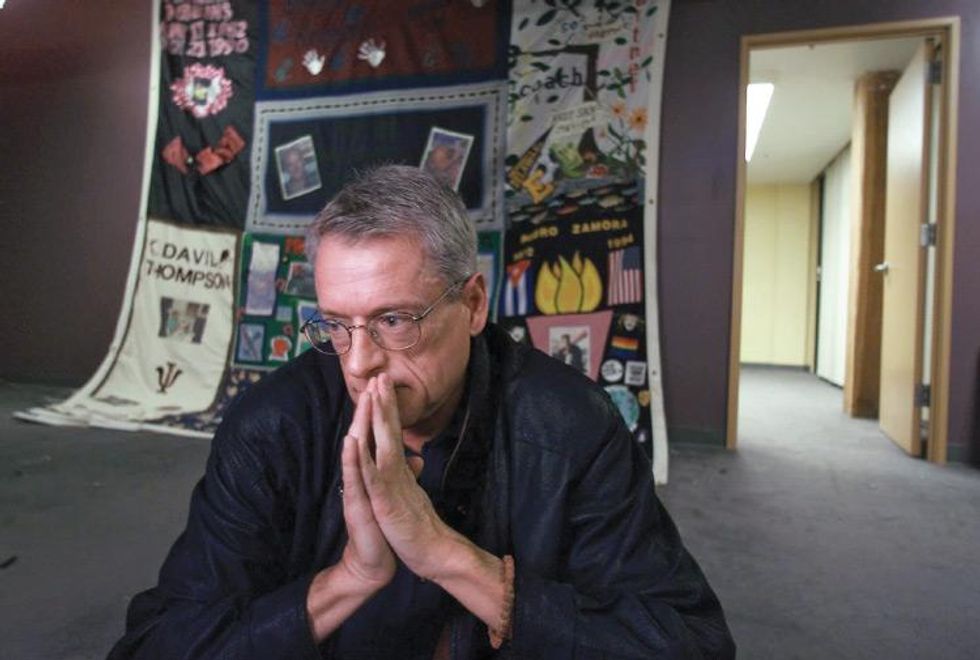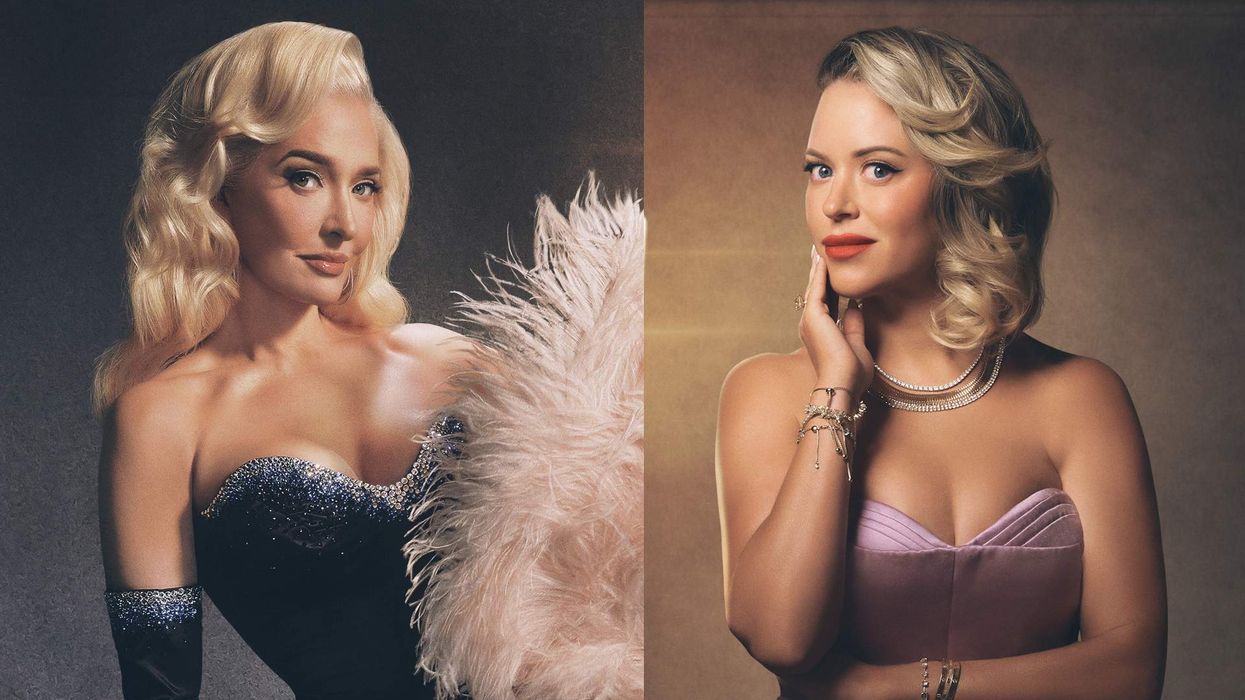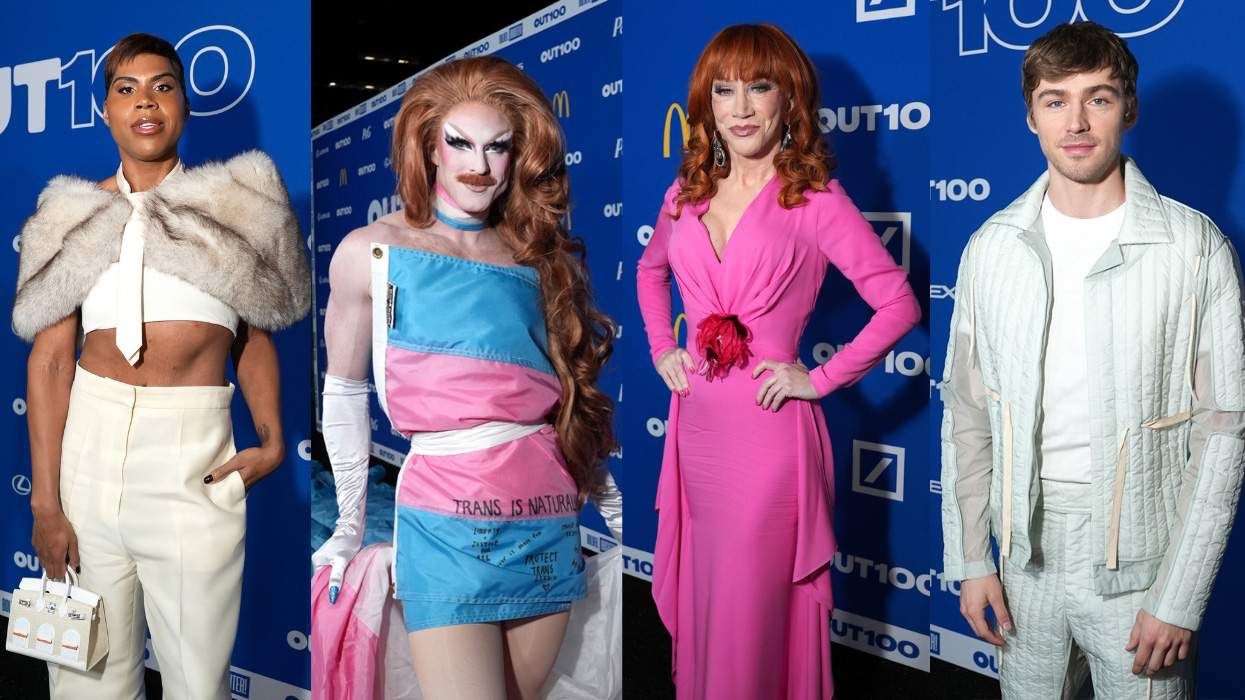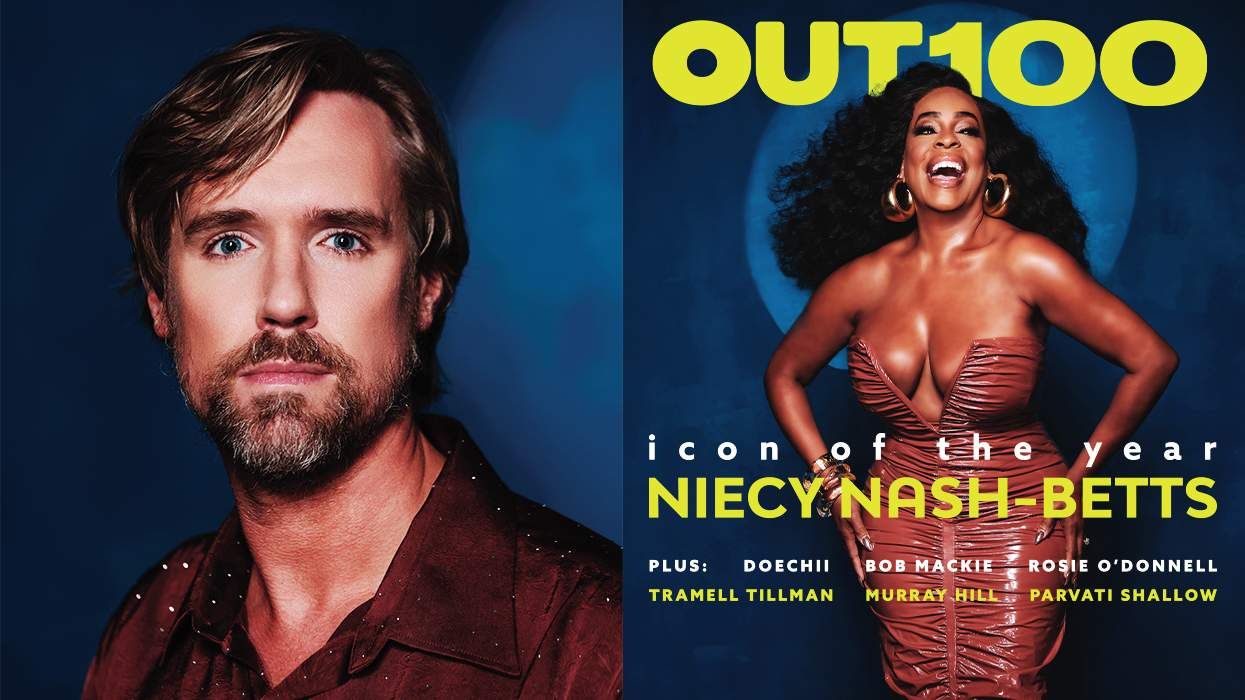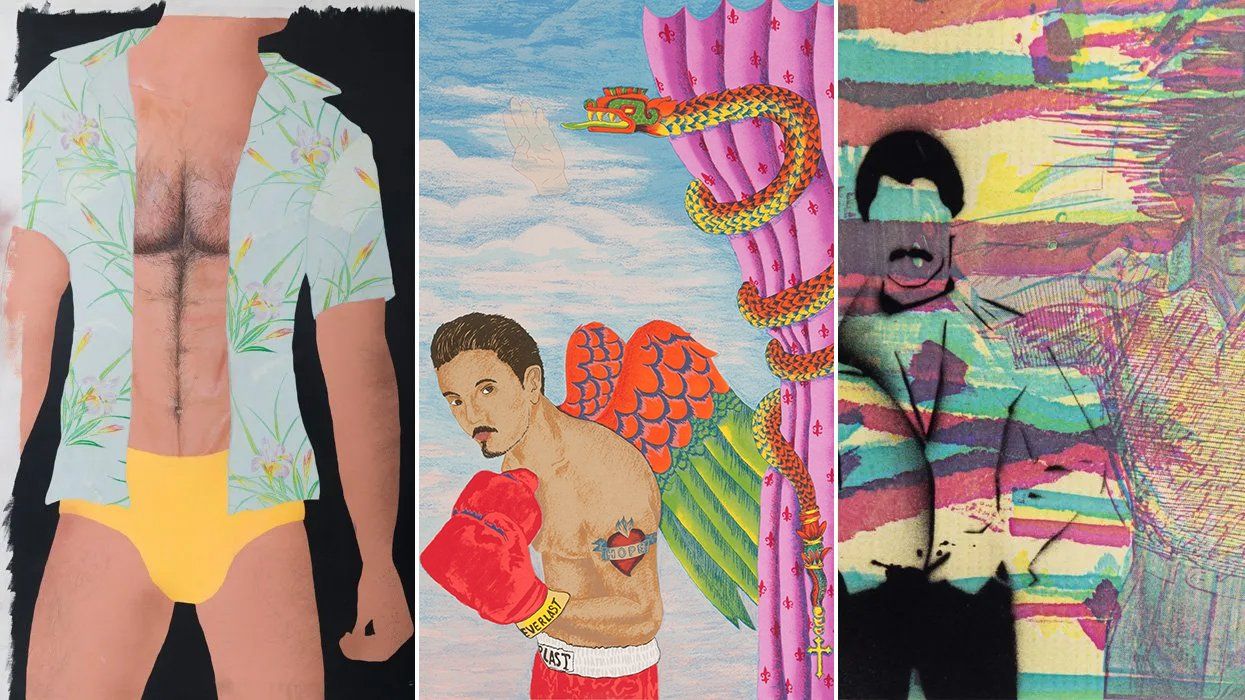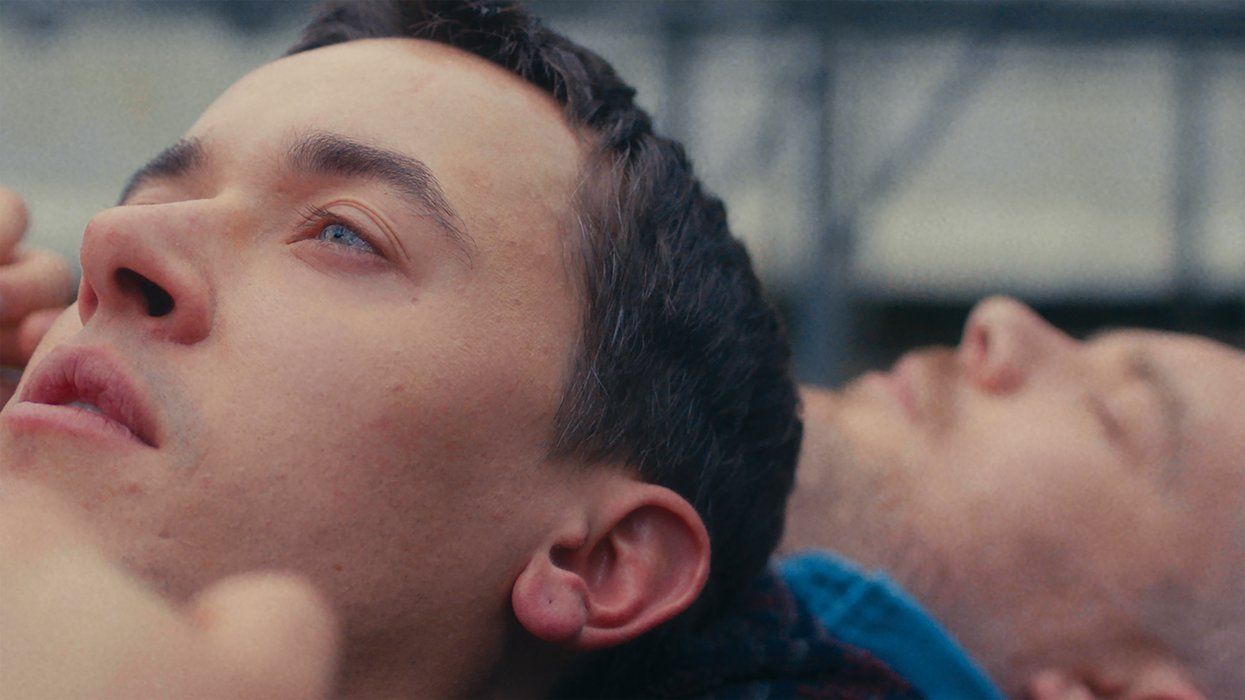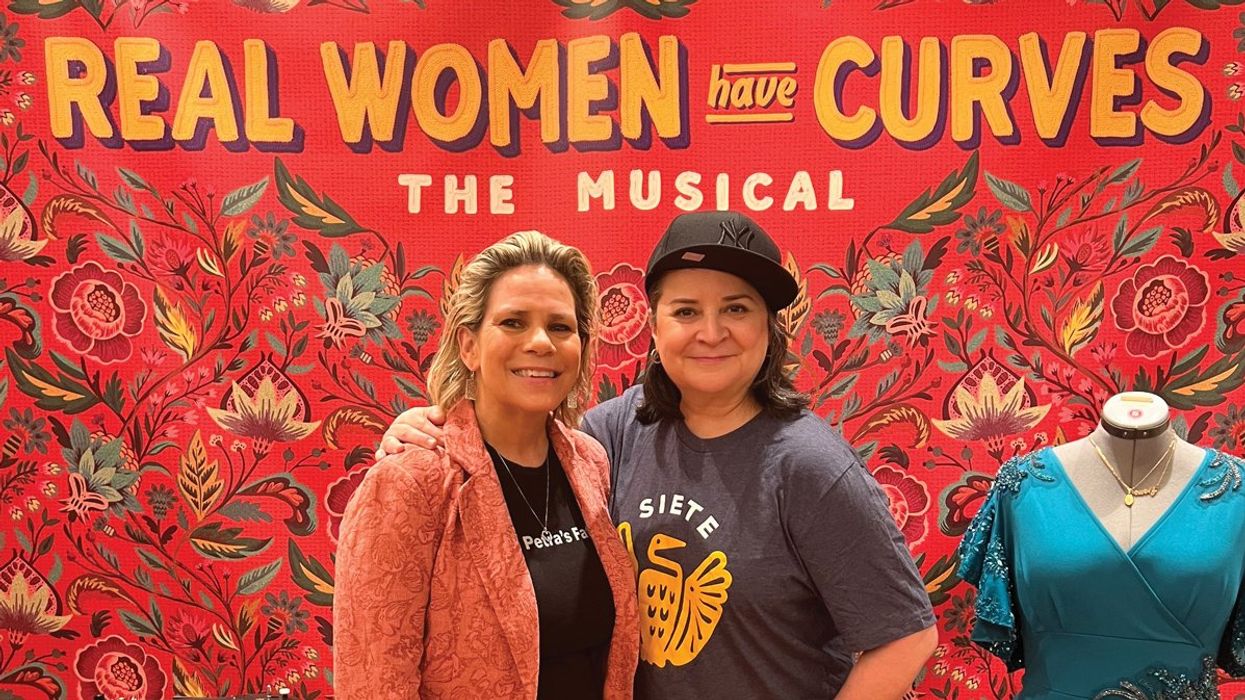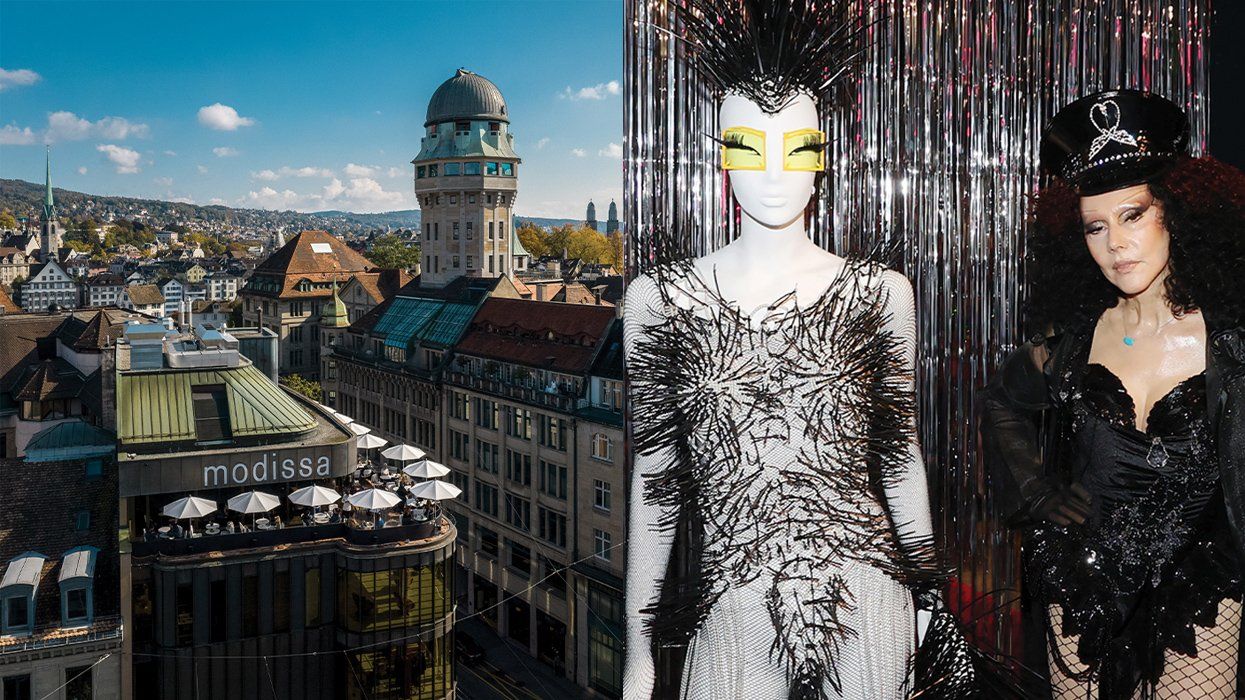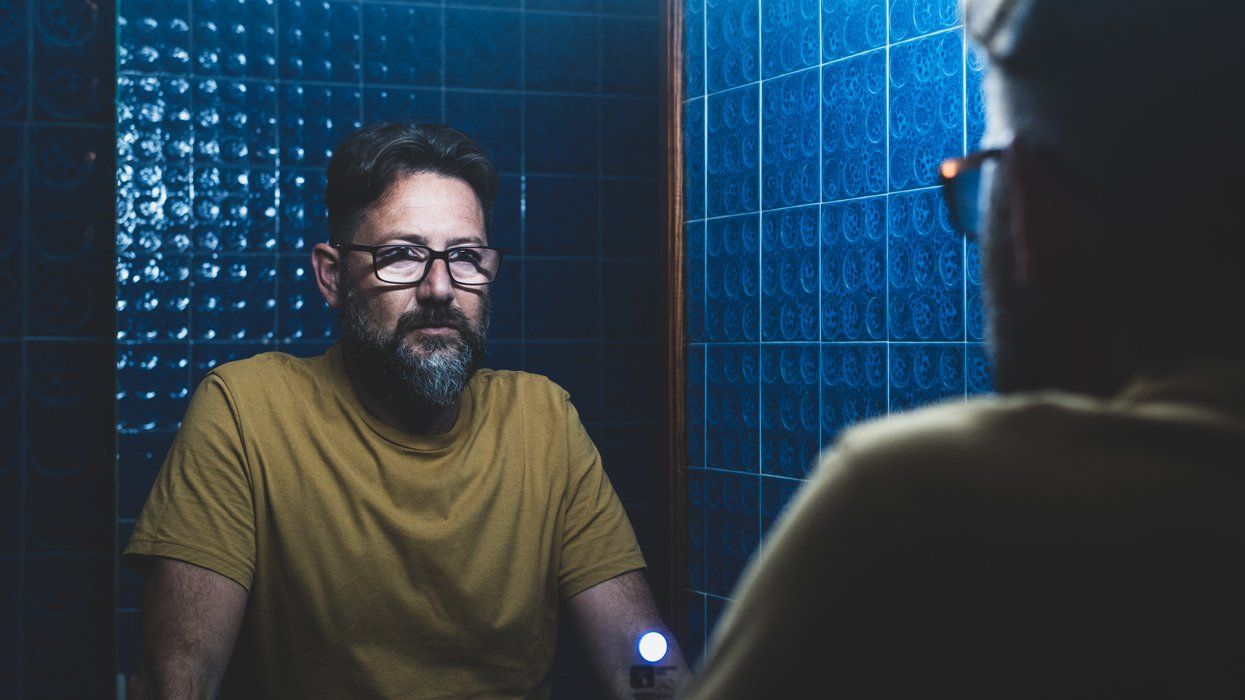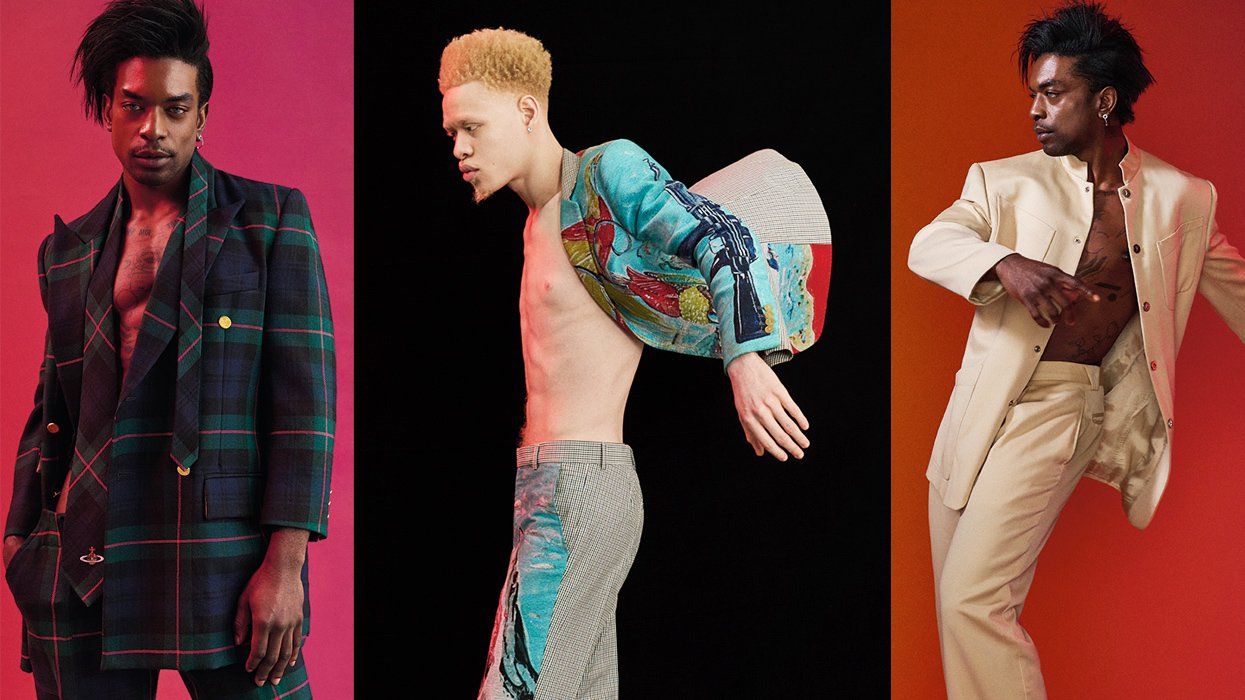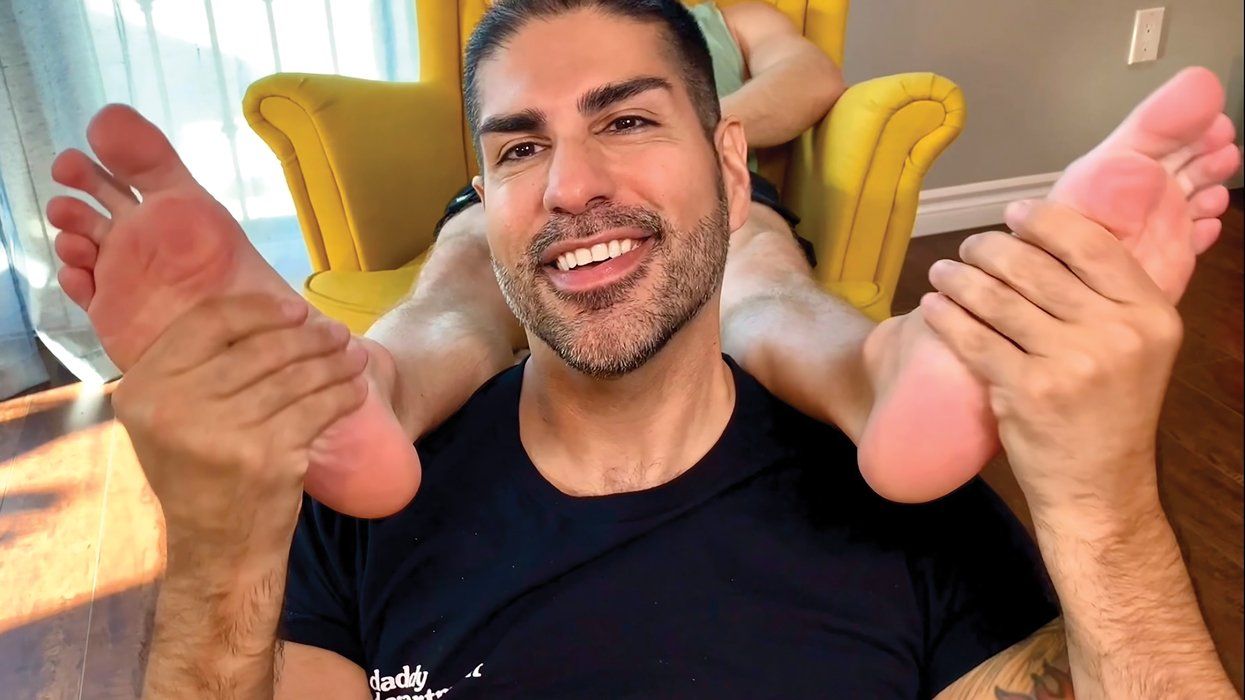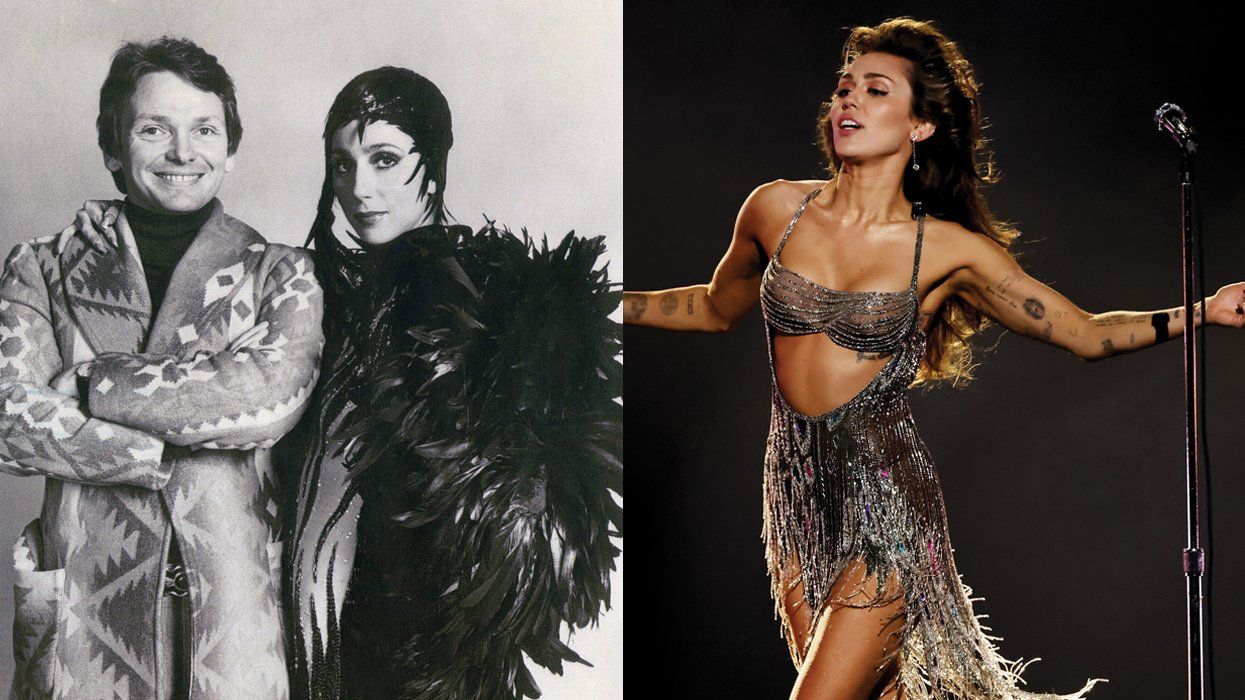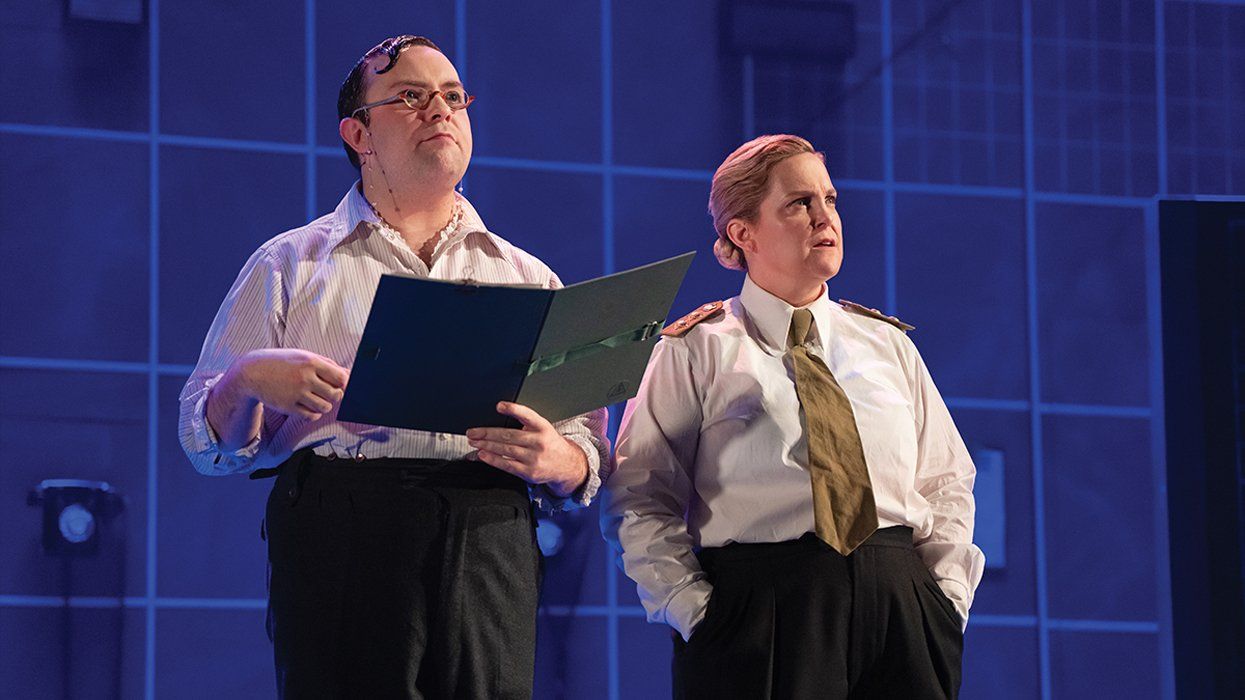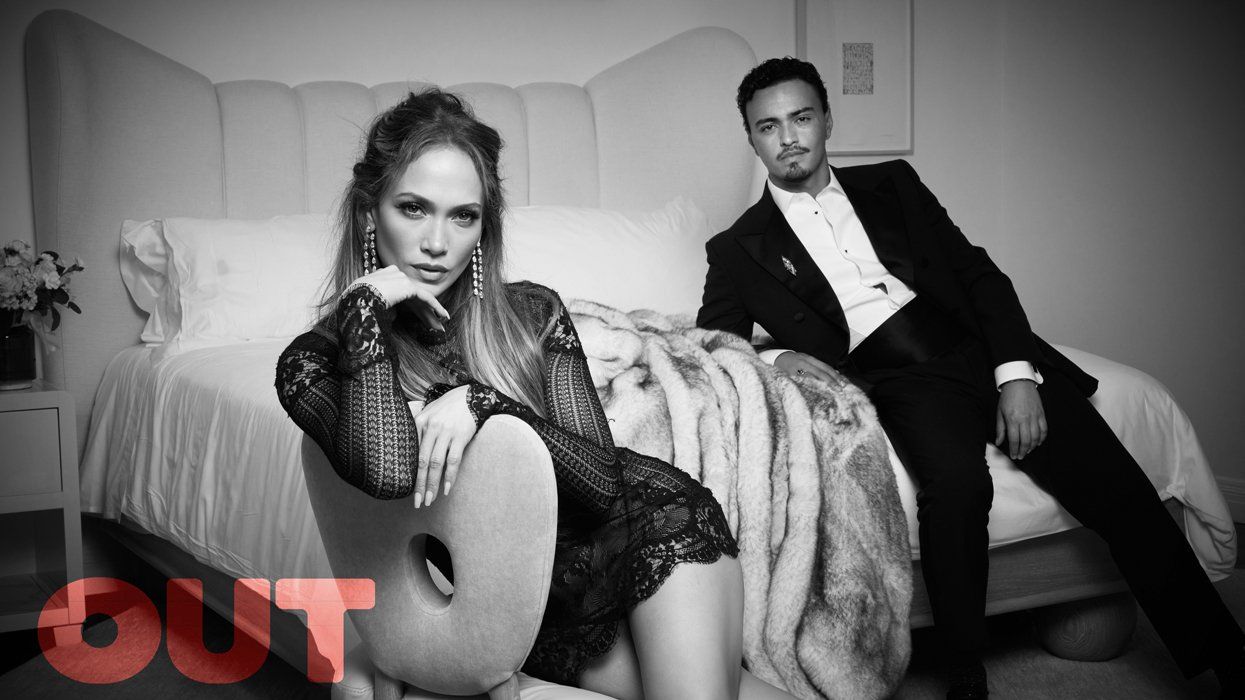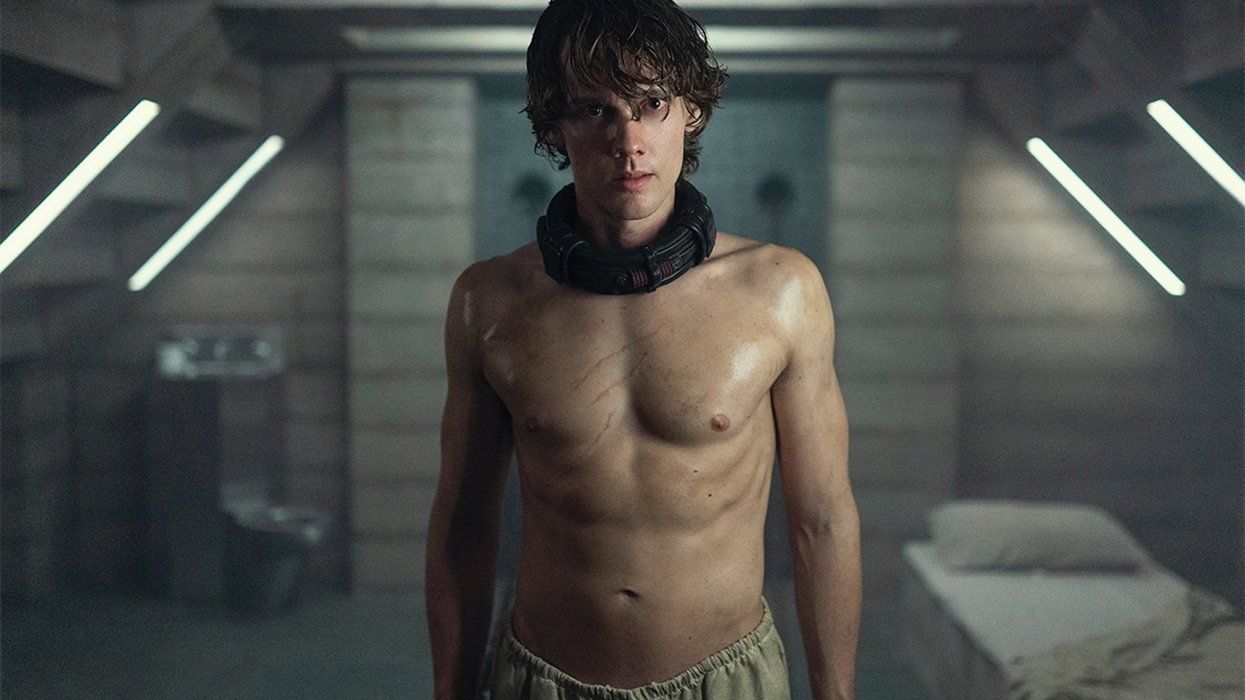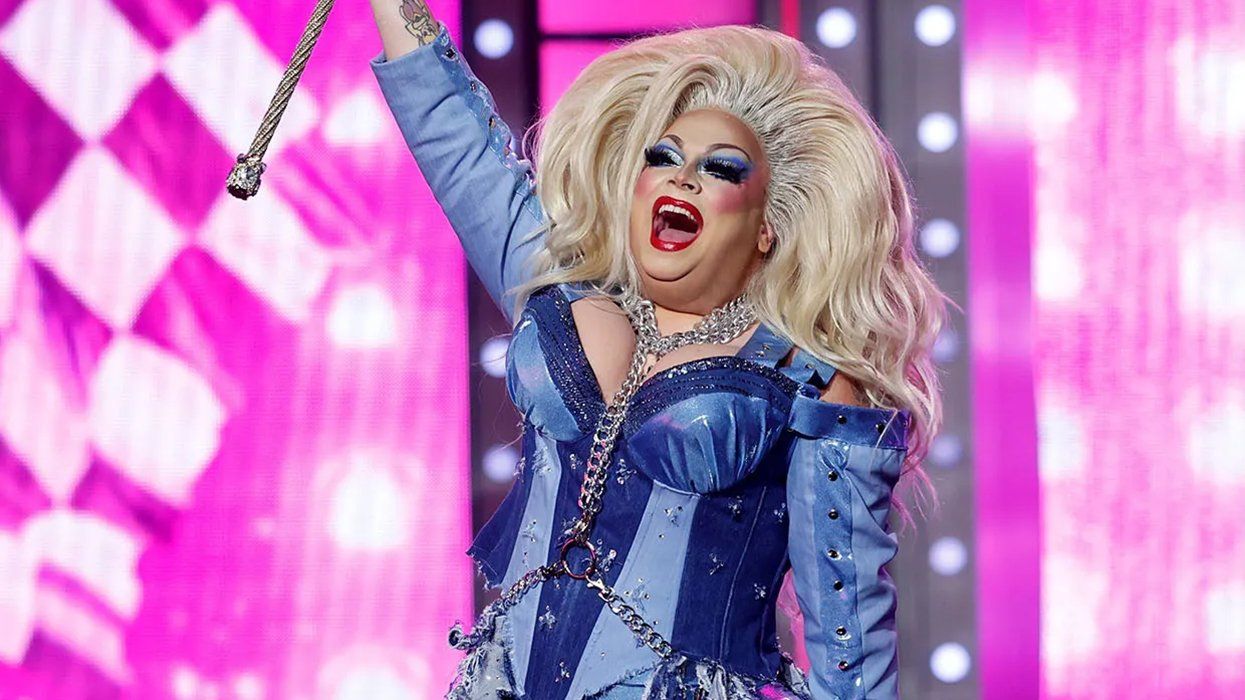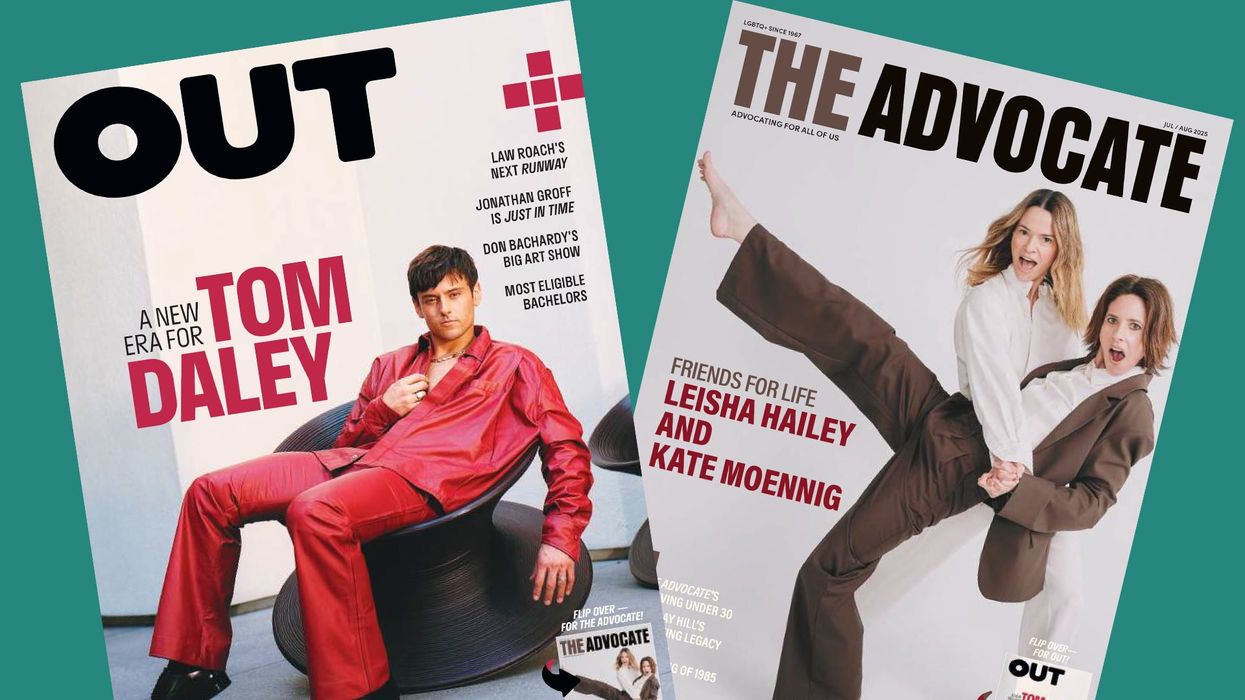(Above: Some of the thousands who came to view the AIDS Quilt on the Mall in Washington, D.C., on October 12, 1992).
"That's a dumb idea--no one's gonna do that!" Dennis Peron took a deep hit on the fat joint that was being passed around his kitchen table on 17th Street and shook his head. "It's too complicated, and what's the point? And besides, nobody knows how to sew."
I could see it so clearly in my head, and it was starting to make me crazy. All I had were words, and apparently the words I had were insufficient to paint for others the image in my brain: the National Mall, covered in fabric stretching from the Capitol to the Washington Monument. But whenever I began to talk about it, I was met with blank stares or rolling eyes.
Even the word had power for me. Quilts. It made me think of my grandmothers and great-grandmothers. It evoked images of pioneer women making camp by the Conestoga wagons. Or African slaves in the South, hoarding scraps of fabric from the master's house. It spoke of cast-offs, discarded remnants, different colors and textures, sewn together to create something beautiful and useful and warm. Comforters.
I imagined families sharing stories of their loved ones as they cut and sewed the fabric. It could be therapy, I hoped, for a community that was increasingly paralyzed by grief and rage and powerlessness.
It could be a tool for the media, to reveal the humanity behind the statistics. And a weapon to deploy against the government -- to shame them with stark visual evidence of their utter failure to respond to the suffering and death that spread and increased with every passing day.
My friend Joseph and I started making quilt panels. The first was for Marvin; I painted it in the backyard. It wasn't very good, and I fear Marvin would have disapproved. He would have wanted something suitable for the Museum of Modern Art, or at least for a display window at Barneys on Madison Avenue. Joseph and I made a list of 40 men we felt we had known well enough to memorialize and began painting their names on 3-by-6-foot blocks of fabric. We both remembered that night on Castro Street and talking of how much land would be covered if the bodies of our dead were laid out head to toe. Each panel was the approximate size of a grave.
For over a year, activists from around the country were working to organize a mass march for lesbian and gay rights to be held in October 1987 in Washington, D.C. I was determined to unfold the Quilt on the Mall at the march.
By June we had several dozen panels created. As the annual Gay Freedom Day celebration approached, we asked [San Francisco] Mayor Dianne Feinstein for permission to hang the first five squares from the mayor's balcony at City Hall, overlooking the main stage and Civic Center Plaza. To our surprise, she readily agreed.
We had a new Member of Congress representing San Francisco, and I asked her for help with some trepidation, having campaigned for her opponent in the election. Nancy Pelosi agreed to help, but she was skeptical. "Cleve, I actually know how to sew and enjoy it, but do you really think people will find the time to do this?"
She, Leo T. McCarthy, and Art Agnos hosted the first fundraiser at her posh home in Pacific Heights. The Castro Street Fair was organized as a nonprofit, and we began to operate under their auspices. We had a name now: the NAMES Project AIDS Memorial Quilt.
Almost immediately we came up against two bureaucracies. The organizers of the national march didn't like the idea of us draping a couple of blocks of the Mall with fabric, and neither did the National Park Service.
Nancy Pelosi met with the Park Service officials. They expressed concern that the fabric would kill the lawn. Pelosi told them we could "fluff" the Quilt every hour to let the grass breathe. It was an utterly ridiculous promise to make, but the Park Service bought it and issued the permit.
Ken Jones and San Diego activist Nicole Murray-Ramirez helped persuade the march organizers to not oppose our presence.
On Sunday, June 28, 1987, over 200,000 attended the San Francisco Lesbian and Gay Freedom Day Parade and celebration. The day was dedicated to the memory of people who had died from AIDS. Everyone in Civic Center Plaza could clearly see the multicolored Quilt sections hanging from the mayor's balcony.
I finally had more than words to describe my vision. People could see it now.
Across America people began to sew.
On October 11, 1987, the second National March on Washington for Gay and Lesbian Rights drew approximately 500,000 people. The first display of the NAMES Project AIDS Memorial Quilt was unfolded at dawn with 1,920 individual panels, representing just a small fraction of the more than 20,000 Americans who had already lost their lives to AIDS. It took hundreds of volunteers, who came from all over the country to work with the core group, and the many others who had walked away from careers and families, to create the Quilt.
Later, Mike Smith and I stood on a cherry picker 20 feet above the ground and watched as hundreds of thousands of people walked the canvas walkway grid that contained the squares of quilt panels. Only the reading of the names and the sound of people weeping broke the silence around us. We were exhausted and overwhelmed by the beauty of the Quilt and the horror it represented. It was my 33rd birthday.
On the flight home out of National Airport a few days later, the jet flew over the Mall. I looked down from my window and saw that the Park Service bureaucrats had been right. Despite Representative Nancy Pelosi's assurances, the canvas walkways of the Quilt had left behind a haunting afterimage of the grid on the lawn on which the Quilt had been unfolded.
This is an edited excerpt from When We Rise: My Life in the Movement by Cleve Jones (published by Hachette).
Like what you see here? Subscribe and be the first to receive the latest issue of Out. Subscribe to print here and receive a complimentary digital subscription.



